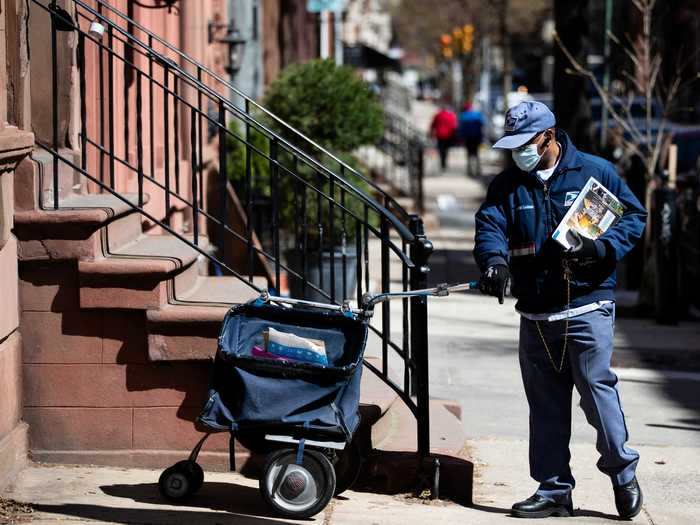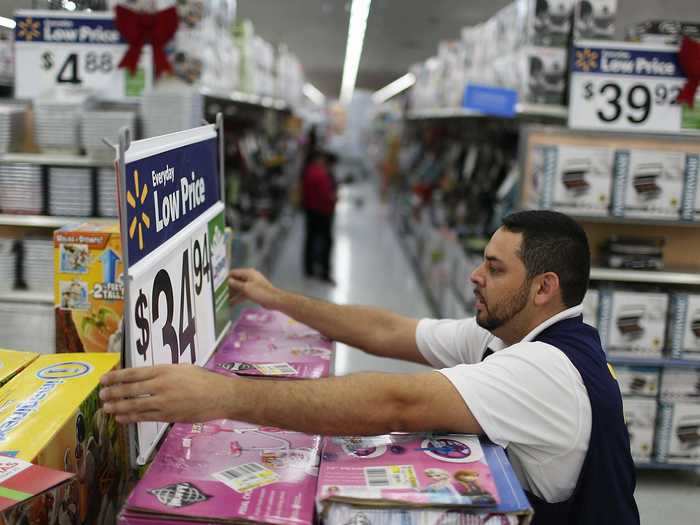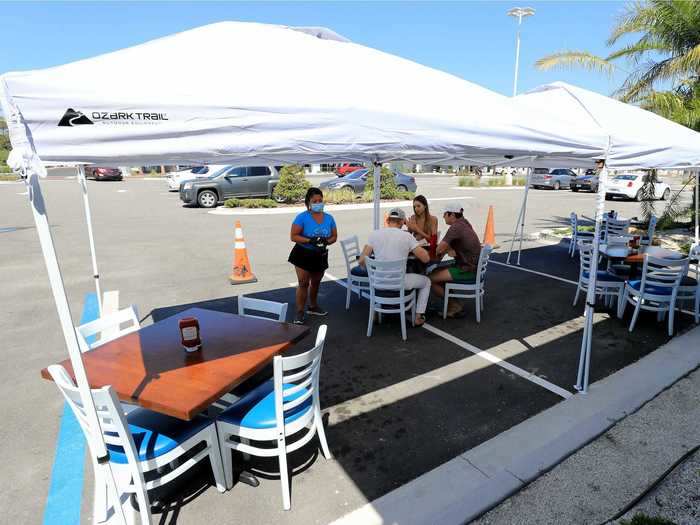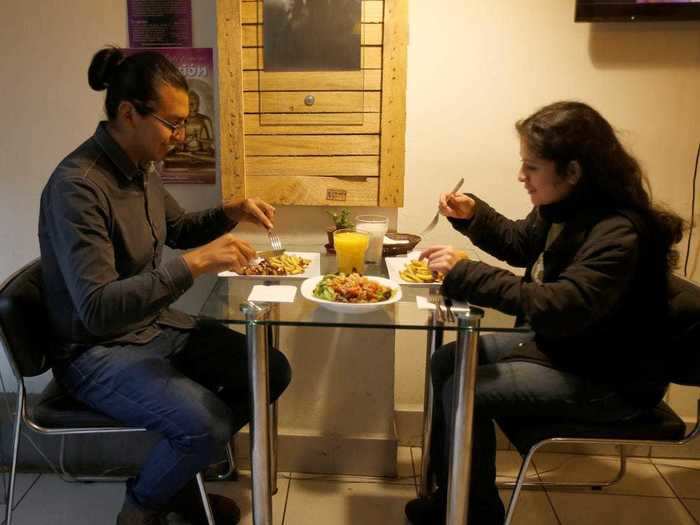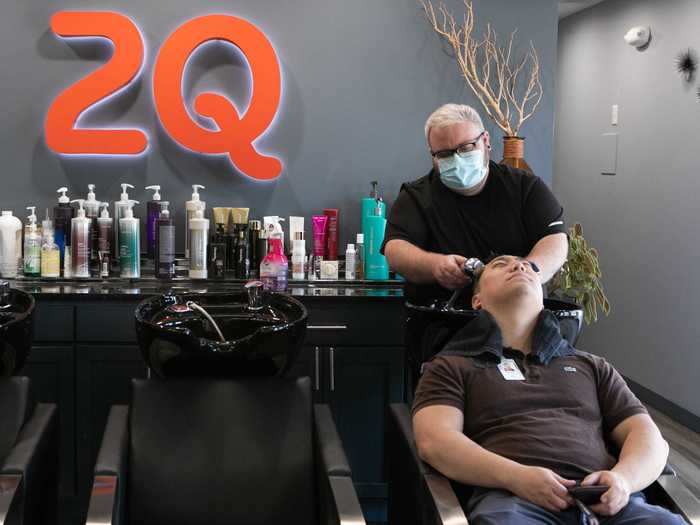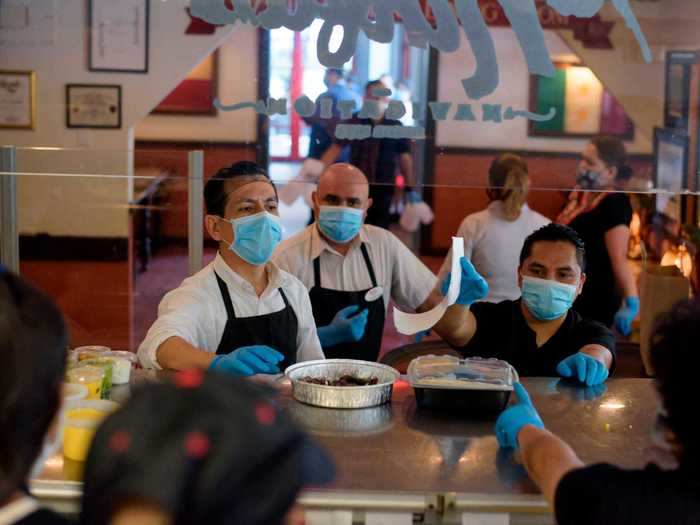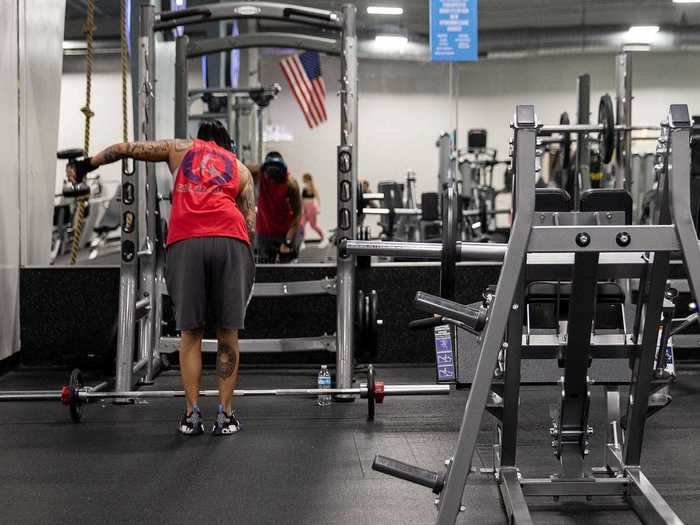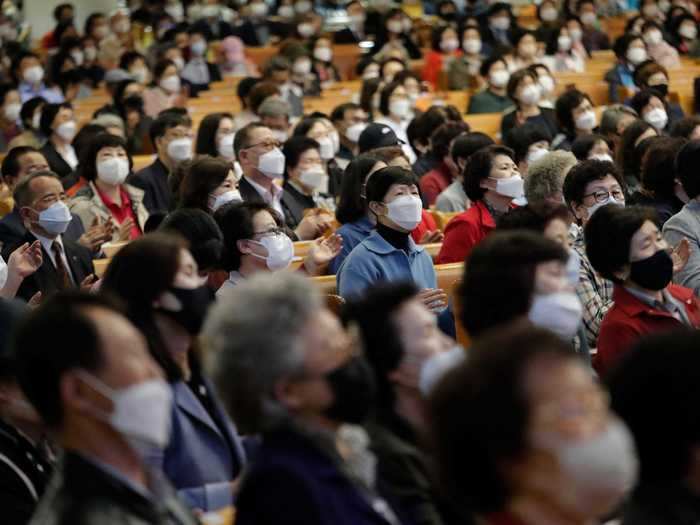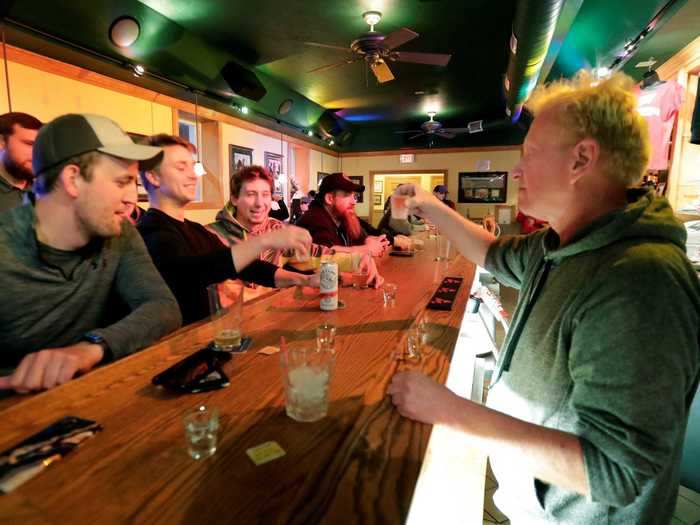A waiter takes an order at an outdoor terrace of a restaurant in Lebanon. REUTERS/Mohamed AzakirMohamed Azakir/Reuters
- The risk of catching the coronavirus by venturing out of your house is not all or nothing.
- We spoke to Dr. Susan Hassig, an epidemiologist at Tulane University, to find out which activities are not too risky, and which you should try to avoid.
- Gatherings with groups of friends or family are risky, Hassig said.
- Catching the virus from opening mail or touching groceries is unlikely, she said.
- Visit Business Insider's homepage for more stories.
Coronavirus transmission is not black and white — some activities are riskier than others, while some should cause little worry.
As states start to reopen parts of their economies and people tire of an all-out quarantine, the risk level of various activities should be considered to make decisions about what's safe and what should be avoided.
Harvard Medical School professor Julia Marcus recently argued in The Atlantic that we should remember risk is not binary, and an abstinence-only approach — like that used in some sex education — won't help. "Likewise, asking Americans to abstain from nearly all in-person social contact will not hold the coronavirus at bay — at least not forever," she wrote.
So we spoke to Dr. Susan Hassig, an associate professor of epidemiology at the Tulane University School of Public Health and Tropical Medicine in New Orleans, about the risk of going out to eat, gathering with friends, or opening mail.
While different activities are riskier than others by nature, you should always wear a mask when possible and try to keep a distance of 6 feet from others.
Actions like social distancing and wearing a mask (or the lack thereof) can alter risk level significantly.
Here's what you should consider about various activities as restrictions start to lift across the country.
Read the original article on
Business Insider
Low risk: Touching mail or groceries
A United States Postal worker makes a delivery with gloves and a mask in Philadelphia, Thursday, April 2, 2020. The U.S. Postal Service is keeping post offices open but ensuring customers stay at least 6 feet (2 meters) apart. The agency said it is following guidance from public health experts, although there is no indication that the new coronavirus COVID-19 is being spread through the mail. (AP Photo/Matt Rourke)
Associated Press
There's a low risk of catching the coronavirus from touching your mail or other items, like groceries.
Hassig said she personally doesn't wipe down her groceries, though if you're worried about it, you can keep non-perishable items in the grocery bag for a few days before using them.
You should still be cautious about touching high-traffic things like doorknobs and elevator buttons.
Low risk: Retail shopping
Shopping in grocery or clothing stores can be low risk if you keep distance from others and wear a mask.
Fitting rooms should be closed, or if people are allowed to try on clothes, anything that isn't purchased should be quarantined for a couple of days, Hassig said.
The place in stores with the most risk is at the checkout, where your interactions with cashiers or other customers could spread the virus.
Low risk: Outdoor activities
Galyna Andrushko/Shutterstock
When you're on a hike or a walk in the park, you shouldn't worry too much about quickly walking past someone on a path or trail.
While you should try to maintain a distance of 6 feet from others at all times, encounters of more than 15 minutes are riskier than walking past someone on a trail.
Outdoor activities are low risk if you stay with people from within your household. If you meet up with friends or family from outside of your household, that still counts as a gathering and proper precautions should be considered.
Low risk: Outdoor dining
Sam Greenwood/Getty Images
Dining outdoors at a restaurant is actually a relatively low-risk activity as long as tables are kept at least 6 feet apart. Being outside allows air to flow more freely.
You should still wear a mask as often as you can, and be cautious of high-touch items like menus and condiments.
Low to medium risk: Beaches
In this April 21, 2020, photo, a man rides his bike on Waikiki Beach in Honolulu. Hawaii has some of the lowest coronavirus infection and mortality rates in the U.S. As cases started to rise in March, the governor did something no other state can — effectively seal the borders. People who do come face a two-week quarantine. That's cut off the flow of tens of thousands of tourists a day. But it’s walloped an economy that relies on tourism, and officials say travel restrictions will be among the last to end. Of the few remaining places in the world with no confirmed infections, nearly all are islands in the Pacific. American Samoa, a U.S. territory west of Hawaii, is the nation’s only jurisdiction with no cases to date. ()
Caleb Jones/AP Photo
Social distancing on beaches can help lower the risk of enjoying a day in the sun.
But, it can also be hard to enforce because of the size of many beaches. Most beaches have many points of entry, so it would be difficult to limit capacity.
Medium risk: Dates or gatherings with a couple of friends
David Mercado/Reuters
When it comes to dates or gatherings with a very small group, the same questions apply as when getting together with a larger group.
Geography especially matters when it comes to dates or one-on-one activities. In an area with a lot of cases, like New York, the risk that your date could be contagious is higher than in a suburb with only a handful of cases.
Medium risk: Hair and nail salons
Harris Little washes Matt Kim's hair at 2Qute Hair Salon on April 27, 2020 in Atlanta, Georgia. Gov. Brian Kemp has eased restriction and allowed some non-essential businesses to start re-opening in Georgia amid the COVID-19 Pandemic. Non-essential businesses allowed to start reopening are restaurants, movie theaters, tattoo shops, salons, gyms and nail salons. (Photo by )
Jessica McGowan/Getty Images
Hair and nail salons, which have opened in many states, are at a medium risk for infection, Hassig said.
Mask-wearing is critical, as it helps block particles from speaking or coughing from spreading easily. It also discourages employees and customers from touching their faces.
Hair and nail salon employees should be sure to wash their hands frequently, Hassig said.
Medium risk: Restaurants (indoors)
Servers at The Original Ninfa's wear gloves and masks while fulfilling takeout orders from the kitchen amid the pandemic in Houston, Texas, on May 1, 2020.
MARK FELIX/AFP /AFP via Getty Images
Indoor dining at restaurants is risky because of air flow and the nature of people being in the same enclosed space for hours at a time.
To help mitigate the risks of eating in a restaurant, people should wear masks until their food is delivered.
Disposable materials, especially for items like menus, can also help.
Medium to high risk: Gyms
A person exercises at Gold's Gym in Georgia after it reopened.
Maranie Staab/Reuters
Gym-goers should wear a mask when possible, Hassig said.
Equipment should be sanitized before and after each individual use, and social distancing should be enforced rigorously.
High risk: Movie theaters and sporting events
Kevork Djansezian/Reuters
Movie theaters or large events like sporting games are high risk especially because of the choke points at entry and exit.
Even if attendees are able to enter and exit while social distancing, which would likely be complicated and take longer, getting infected while sitting in a contained area is still a risk.
High: Religious functions
Christians wearing face masks attend a service at the Yoido Full Gospel Church in Seoul, South Korea, Sunday, May 10, 2020.
Associated Press
Rituals like hand-shaking and communion in the Catholic church, dense crowds, and the older-skewing members make religious services a high-risk place for coronavirus infections.
The risk could be lowered by social distancing, mask-wearing, and abstaining from rituals that involve touching, eating or drinking.
High risk: Bars
Owner Michael Mattson toasts the re-opening of the Friends and Neighbors bar following the Wisconsin Supreme Court's decision to strike down Governor Tony Evers' safer-at-home order against coronavirus disease (COVID-19) in Appleton, Wisconsin, U.S. May 13, 2020. Picture taken May 13, 2020.
William Glasheen/USA TODAY NETWORK via REUTERS
Bars "should not be allowed to open," Hassig said.
The nature of bars — mingling, crowded bartops, and the inability to wear a mask while you're drinking — make them a high-risk place for coronavirus infection, Hassig said.
An added risk: Alcohol hinders decision making, which could make those factors even worse.
High risk: Gathering with family or friends
Shutterstock/Jacob Lund
Getting together with family or friends who don't live in your household comes with a high risk of infection, Hassig said.
"If you haven't been living with them, then there's a potential risk," she said.
Family and friends are unlikely to wear masks or social distancing when gathering, and asymptomatic people could spread the virus there.
If you do decide to get together with family or friends, you should consider the age and underlying conditions of the people there and those you live with.
You should also consider who your friends could have come in contact with. Are they mostly staying at home? Or are they visiting different friends every day?
"It's not just your friend [you're seeing], it's everybody they've spent time with," Hassig said.

